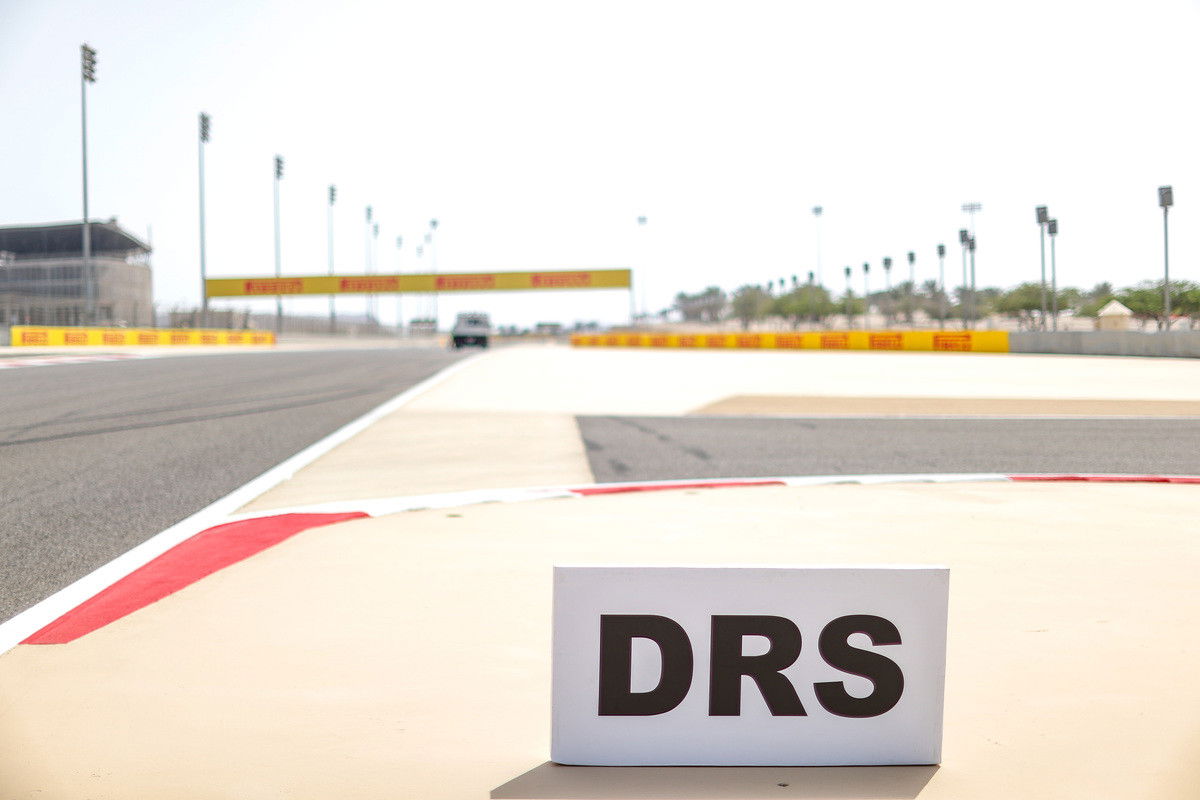
The Drag Reduction System, or DRS for short, is designed to offer a chasing car a temporary speed boost to aid overtaking.
When was DRS first introduced into F1?
First introduced in 2011, the device proved controversial with purists viewing it as an artificial means of creating excitement.
Others saw it as a pragmatic response to a far more complicated aerodynamic issue that prevented cars from getting close enough to pass.
When are drivers allowed to use DRS?
During a race, a driver following within a second of a car in front at specific points of the circuit are entitled to activate their DRS in pre-defined zones.
These zones vary from circuit to circuit based on the specific layout, though by and large utilise long straights into braking zones.
A timing loop is dug into the circuit to establish each car’s relative position and, whether it is within a second of the car ahead.
The system does not prejudice whether it is a battle for position or a leader coming up to lap a backmarker; if the second car is within a second of the car ahead at that point on the track, it is entitled to use the system.
As they enter a DRS zone, the driver receives an audible prompt, at which point they press a button (or pull a trigger, depending on which team they drive for) to activate the system.
How does DRS work?
When the driver activates the system via the steering wheel (it must be manually triggered), the ‘DRS flap’ – the uppermost section of the rear wing – opens much like a letterbox in the front door.
The concept is that, with the flap open, it creates an 85mm slot in the rear wing, reducing drag and boosting top speed by as much as 15km/h.
When coupled with the slipstream effect from the car in front, the concept is designed to create an overtaking opportunity.
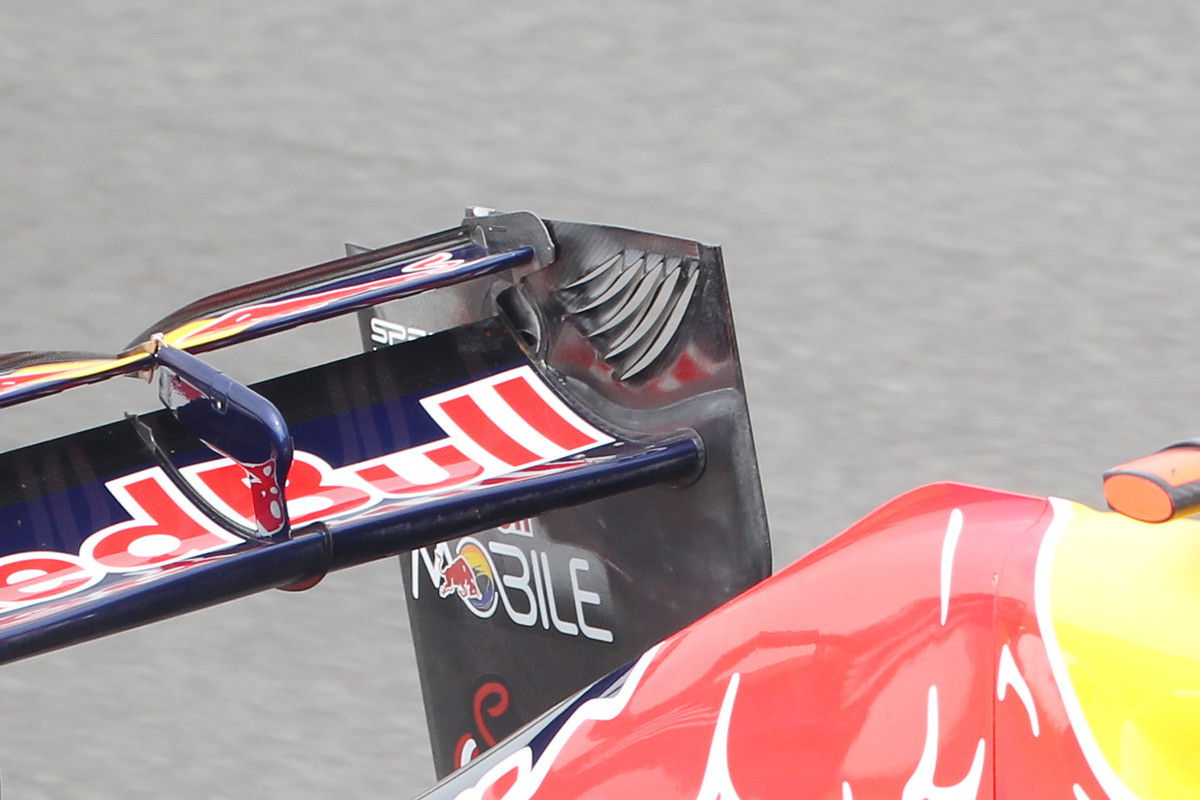
What is a DRS Detection Point?
On each circuit, defined timing loops embedded in the track surface are marked out as ‘Detection Points’.
These are located shortly before the defined ‘DRS Zone’ and are the point on track where the relative position of the cars is measured.
As a driver crosses that line on the track, if they are within one second of the car ahead, they will be entitled to use DRS when they reach the DRS Zone.
There may be multiple detection points on any given circuit and, for the most part are linked only to the DRS Zone that immediately follows.
However, at some circuits, there may be a single DRS Detection Point for multiple DRS Zones.
What is a DRS Zone?
A DRS Zone is a defined area within which a driver is allowed to open their rear wing, provided they were within a second of the car ahead at the DRS Detection Point immediately before the zone (for the most part).
These zones are typically placed on straights with their distance calculated such that the pursuing car has a chance to attack.
The number of DRS Zones is circuit-specific, with Suzuka boasting only one while Albert Park, for example, has four.
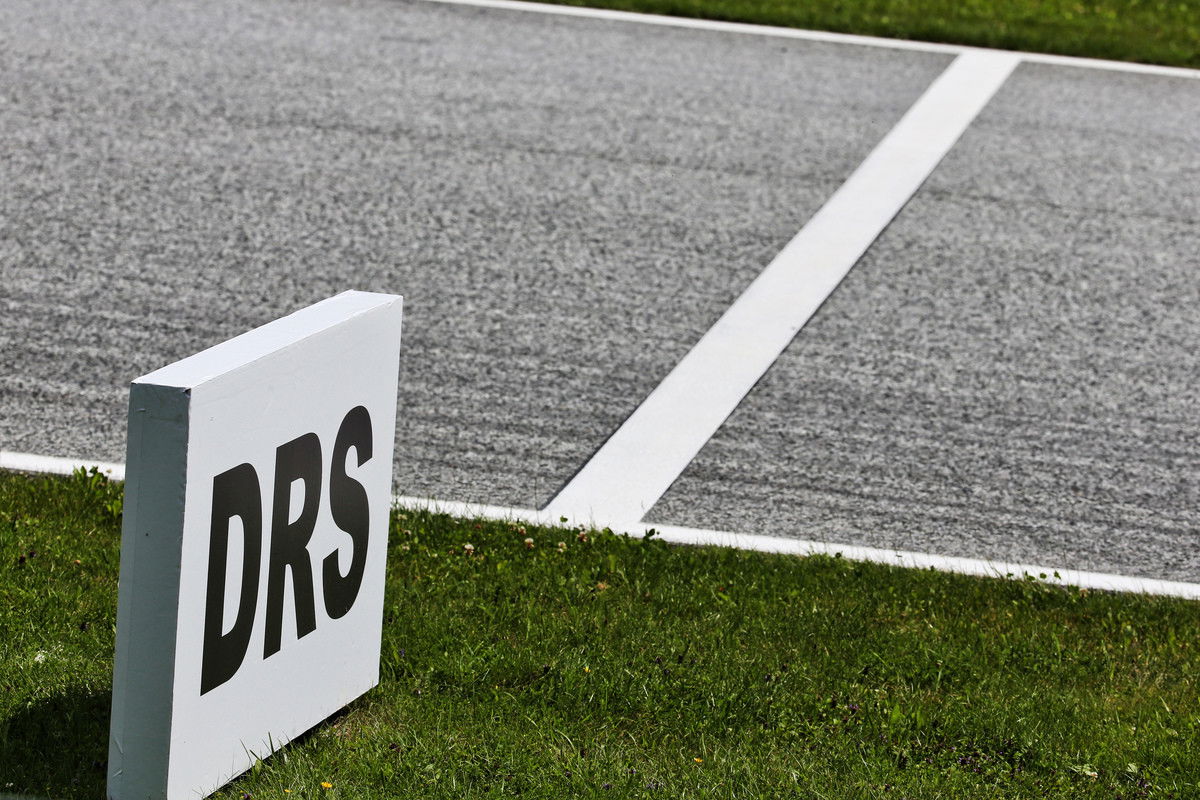
Are there any limitations on DRS?
There are a number of limitations to the system.
It is not available on the opening lap of the race, for obvious reasons, and it’s also disabled in wet conditions on safety grounds.
The same is true when the Virtual Safety Car or Safety Car are on track, and it is also disabled should there be a yellow flag.
What are the risks involved with DRS?
For the most part, DRS is a safe system with an engineered dead-man system such that, if it fails, it should close itself.
However, over the years, several individual incidents have highlighted weaknesses in it.
The aerodynamic influence of DRS is to shift the centre of balance forward quite considerably, leading to an unstable car in corners.
Typically, this isn’t an issue as the system is used either on straights or where the importance of aerodynamic grip is extremely low.
DRS zones also tend to feed into braking zones, with the flag snapping shut when the brake is applied.
However, there are a handful of instances on the calendar where there is no clear braking zone at the end of the zone, forcing drivers to manually close the wing.
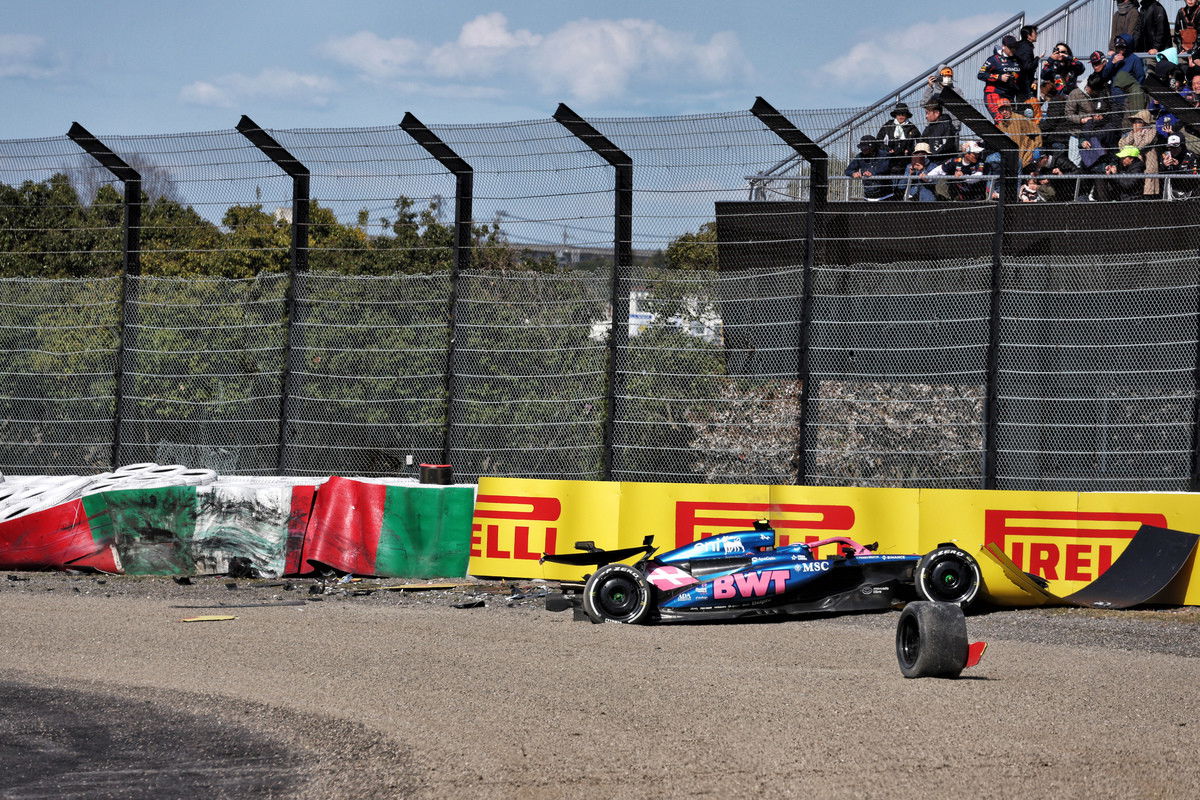
Jack Doohan fell afoul of that at the Japanese Grand Prix this year, spinning at near full speed off the road and impacting the barrier heavily.
The system also relies on the car being detected by the timing loops in the track.
While it is exceptionally rare for that system to fail, it has done so – George Russell’s Mercedes suffered a timing fault during the Bahrain Grand Prix.
In response, a driver can manually override the system in three different ways.
The simplest is by applying the brakes, which will see the DRS flag snap shut.
Conversely, drivers can lift off the throttle by a predetermined percentage, though it differs from team to team and often from track to track. The typical figure is around 20 percent.
The final method is by activating the control on the steering wheel once more.
Does DRS help racing?
By and large, the system has helped improve the on-track show and led to an increase in overtaking.
However, it’s hardly black and white as the nuances of the system can lead to it being underpowered as easily as it can be overpowered.
Each DRS zone is calculated to give the chasing driver an opportunity to attack—it’s not designed to allow them to simply breeze by.
However, that has occasionally happened, creating situations where the car being attacked is simply defenceless.
The reverse is also true, where the DRS zone has not been long enough and even with that advantage, the pursuer is unable to get close enough to mount a serious challenge.
What is the future of DRS?
From 2026, DRS will no longer be relevant as F1 moves towards regulations that employ movable aerodynamic devices by default.
As such, there would be no advantage in changing the rear wing to reduce drag.
Instead, F1 will introduce ‘X-Mode’, effectively a push-to-pass system using the hybrid engine’s electrical energy.



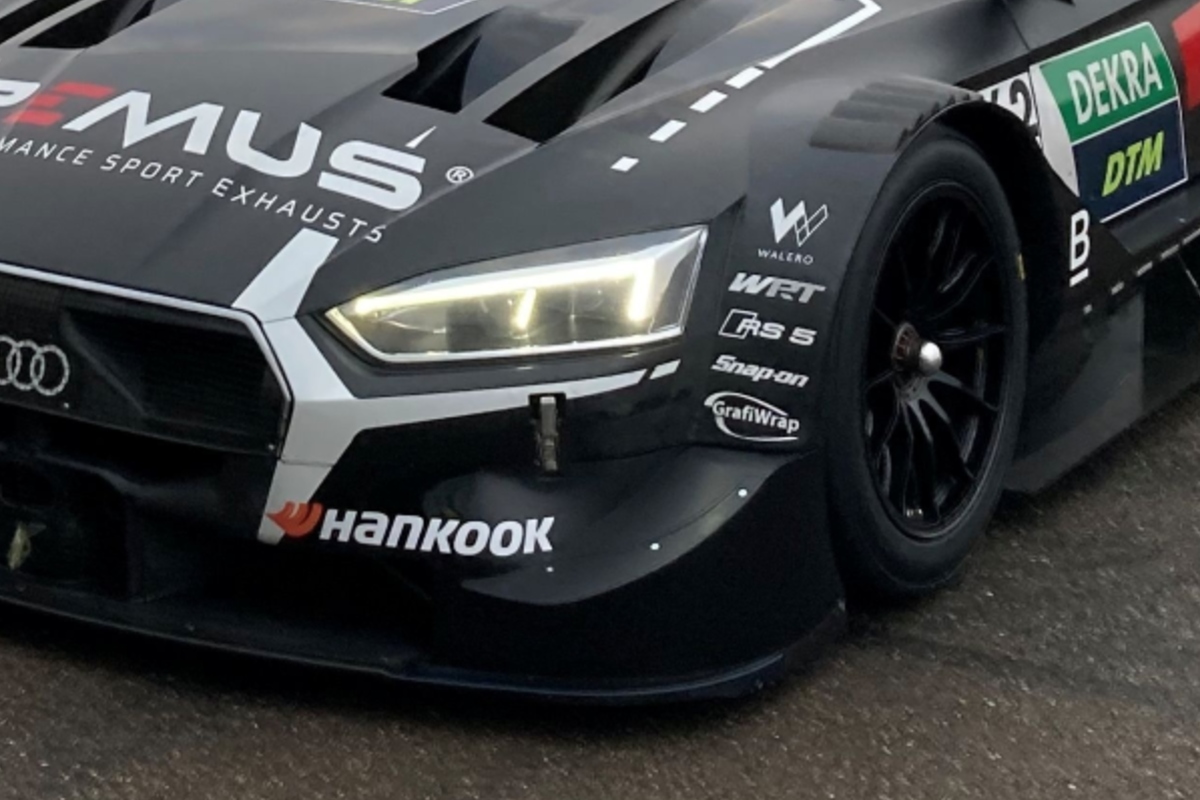
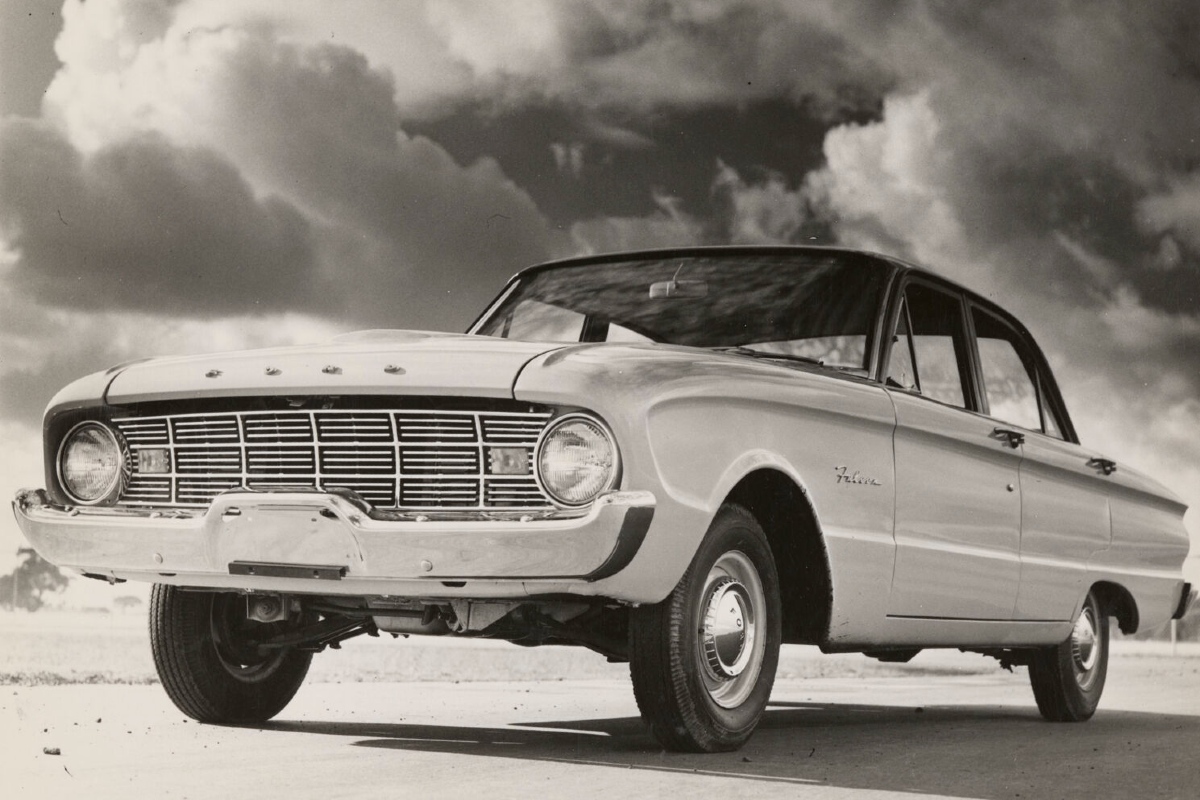
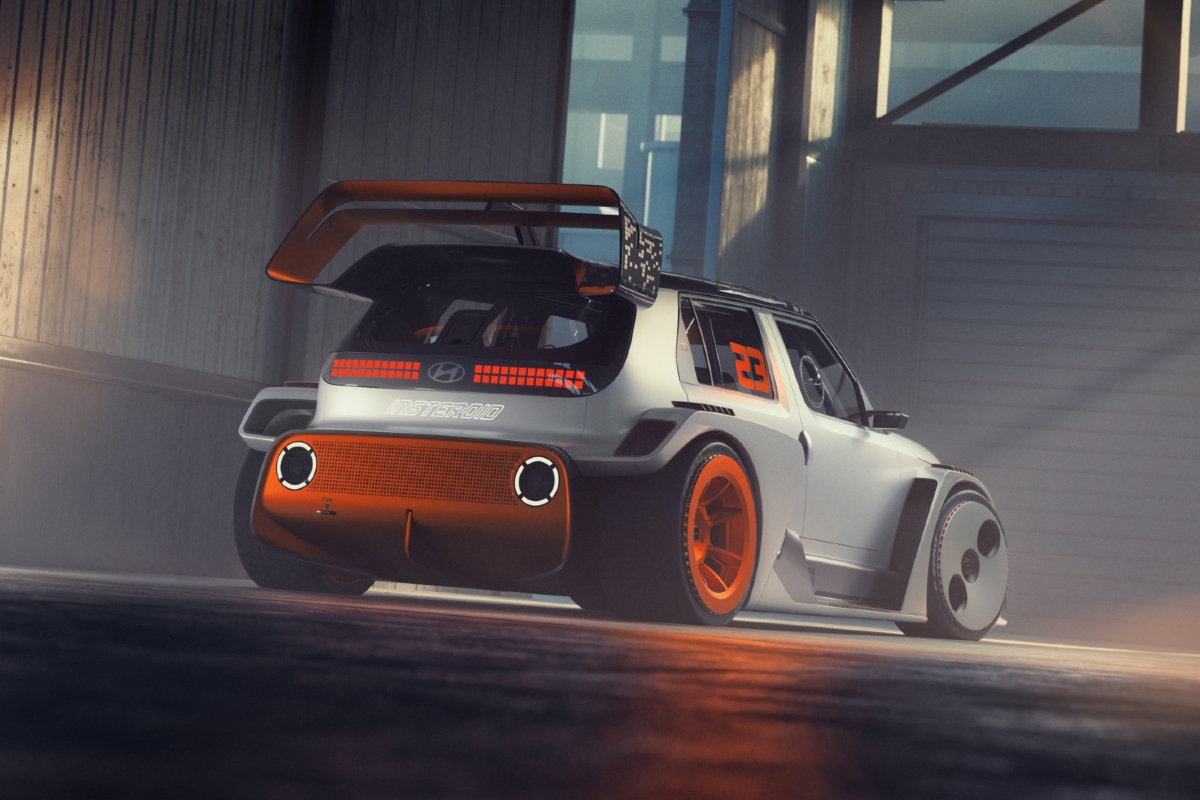




















Discussion about this post